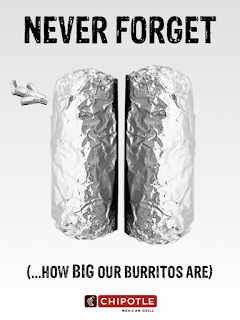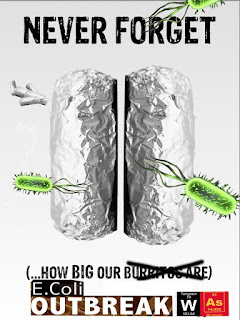"We live in a world where there is more and more information, and less and less meaning"
My collage centers a photoshopped picture of Einstein. He is wearing the the latest in trending technology; the snapchat glasses. Above him there is a photo of Adam and Eve picking an apple from a tree. This is no ordinary apple though, it is the the brand logo from the most influential technically advanced company today, Apple Inc. I pasted this photo on four pieces of different colored construction paper that is supposed to be a computer monitor. The upper right hand side of the collage features a burning tree. The lower right hand side shows a question mark, and the top and bottom left hand side hold natures most empowering size to scale, mountains. Last but not lease there is a thought bubble pasted on Albert Einstein with a few of the mathematical equations he used that lead him to his
Theory of Relativity.
Connotatively: Einstein, Adam and Eve, and Steve Jobs all play into the theme of the impairment technology has upon its victims. Knowledge is "a familiarity, awareness, or understanding of someone or something, such as facts, information, descriptions, or skills, which is acquired through experience or education"(Wiki Definition). My visual analysis is Adam and Eve plucking the seed of 'knowledge' in the form of Apple computers brand logo of a bitten apple. This represents the rush of information obtained within the reach of our fingertips via an IPhone. Knowledge is unnecessary to obtain when individuals now have a device that enables them to access what humans would formally call a 'memory'. Thinking with only the frontal lobe of the brain hinders ones sense of surroundings and simple understanding of why they do what they do. The question mark on the collage alludes to a never ending conclusion and the burning tree is almost a sarcastic impression. With so much knowledge we find no meaning with whats important in life, the health of our plant. The tree on fire represents the ignorance and greed that comes along with this information. We have tangible evidence and scientific facts that concluded our planet is damaging itself at a rate that is irreversible but until humans have to change is when they will do so. I believe this motto of thinking is best perceived through Einstein at the center. His pure innate knowledge contrasted by technological advances that narrow the chances of true pioneers our century will ever see. In the simplest form, all of this accesible information has lost the innocence that knowledge once loved.















